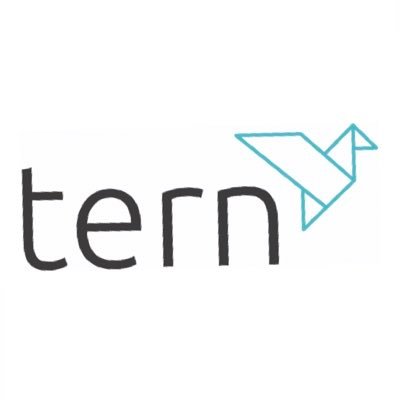A new phase of computing is taking shape as artificial intelligence and mixed reality converge. The shift from virtual to spatial computing marks the point where digital content no longer replaces reality but enhances it, and this time the technology is ready to scale.
Over the past ten years, immersive devices have moved through several hype cycles. Oculus, Vive, and Meta each pushed boundaries, but adoption stalled outside specialist sectors. Apple changed that dynamic with the launch of Vision Pro, positioning mixed reality as a serious computing platform rather than an entertainment accessory.
In parallel, AI has embedded itself across business software, creating intelligent systems that learn, predict, and respond to human needs. The merging of these two technologies is transformative. Mixed reality now has access to real-time understanding through AI, allowing devices to see, hear, and act on context. As hardware becomes lighter and socially acceptable, mixed reality glasses are set to evolve into all-day wearables that deliver live guidance, data access, and communication.
Meta’s display glasses with gesture control, Samsung and Google’s Moohan headset with Gemini AI, Amazon’s Jayhawk smart glasses for employees, and Apple’s Vision Air all signal a shared destination. By 2028, these devices will move into everyday enterprise use.
Tern plc (LON:TERN) backs exciting, high growth IoT innovators in Europe. They provide support and create a genuinely collaborative environment for talented, well-motivated teams.






































